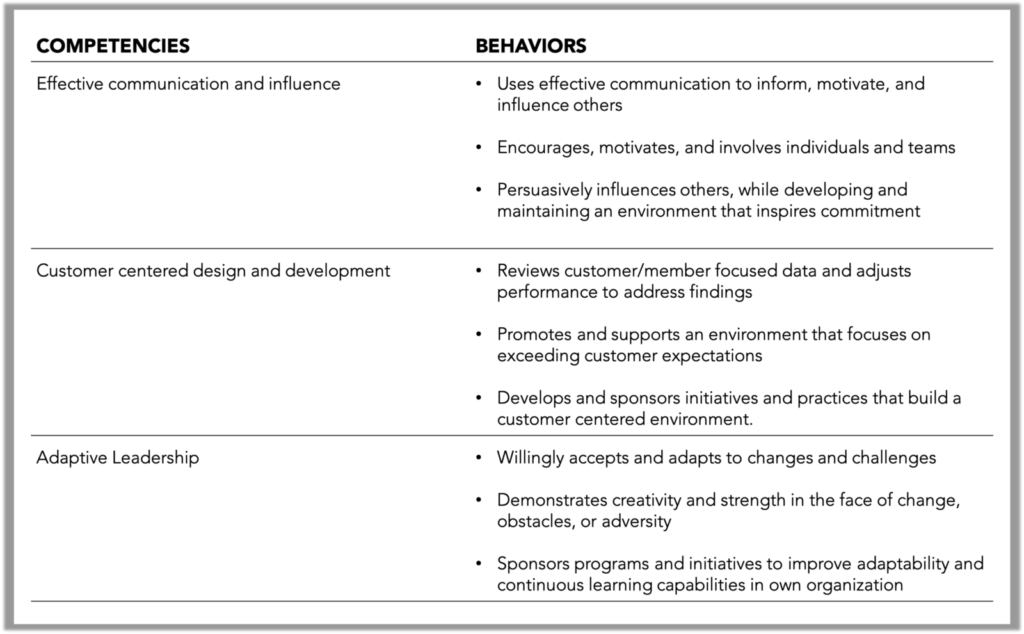Perception, The Invisible Reality: How My Annual Evaluation Almost Ruined My Year
The Power of Perception

Annual evaluation. A time of anxiety for some as we await judgment for our yearly accomplishments.
I felt confident my review would go well based on feedback I had received throughout the year. But on that fateful day, things didn’t go as expected.
Now don’t get me wrong, I am very open to constructive feedback. I actually embrace the chance to understand how I can improve as a leader. But as I read my review, the person being described was not the person I knew I was.
Do I come across as pushy using fear to motivate instead of creating a culture of openness, honesty, and transparency? Am I a person that lacks customer focus from a product development standpoint?
I know I can be a bit direct at times, but the person depicted based on the feedback is the complete opposite of the values I stand for. So what the heck happened?
As I let the words sink in, I went through a wave of emotions in about 30 seconds:
Shock -> Frustration -> Anger -> Disappointment -> Understanding
At that moment, I realized the true power of perception.
The reality I had painted for myself was not what others saw. I now had two choices (1) Get upset and dispute all charges against me (2) Take the feedback and come up with a plan to change the perception of me.
I chose the latter. And this post outlines the process I am currently working through to get it done.
Perception: The Invisible Reality

Perception is a powerful concept. It’s the Invisible Reality!
Invisible Reality is when the viewpoints of others start to define biased opinions of who you are. These viewpoints can come from any number of sources: how you personally behave, what colleagues, acquaintances, or friends say about you, or any other judgement or opinion someone may have of you.
And when there is a disconnect between how you view yourself vs. how others see you, it creates a perception gap.
There are a number of reasons why a perception gap can occur, however, for this post, we will focus on the absence of a consistent reality.
The three techniques below can be used to help close the perception gap and start the process of creating a consistent reality.
Technique #1: Define How You Want to be Viewed By Demonstrating Consistent Behaviors
This technique helps you identify the core competencies and behaviors of how you want to be perceived by others.
The image below highlights the areas of focus based on feedback from my review.

The goal is to use this as a tool to keep you focused on consistently demonstrating the right behaviors.
Technique #2: Build your Personal Brand
This technique focuses on two parts: (1) building a network of influencers and sponsors (2) identifying the right opportunities to showcase the behaviors you want to associate with your reality.
Network with the people that matter
Influencers and sponsors are individuals that will help shape your invisible reality. These could include:
- Mentors: Advocates that hold you accountable towards your competency goals.
- Mentees: Individuals that look up to you for personal and professional guidance on how to be successful in their role.
- Team Members: If you are a people manager or team lead, these individuals represent people who see you as a leader over their day to day activities.
- Internal Partners: These represent individuals outside your organization that you may partner with.
Work on the things that matter
Focus on aligning your efforts to the goals your network cares about. Doing so might help change the perception of how your influencers and sponsors view you. For example:
- Mentors: Identify important projects you can help drive or partner on as an opportunity to showcase your competencies.
- Mentees: Go the extra mile by helping a mentee solve a challenging problem or issue they are struggling with.
- Team Members: Lead by example with the core competencies and behaviors you value to help your team resolve challenges they may face.
- Internal Partners: Identify opportunities to reduce process and communication challenges that have a broad impact across the organization.
To build your personal brand, you must have a strong network of influencers and sponsors that will speak on your behalf highlighting the competencies and behaviors you are demonstrating.
The goal is to leverage others to help reshape your perception on how you would like to be viewed.
Technique #3: Gather continuous feedback and be open to change
This technique validates whether you are closing the perception gap. The key is to setup regular meetings with your network to gage their perception on how you are performing against the things that matter most to them. Here are some tips to help with your feedback sessions:
- Provide clarity: Be clear on the type of feedback you want to receive and why you want it. Also confirm the individual is comfortable providing feedback to you.
- Be authentic: Build a personal connection with the individual. Doing so will strengthen the relationship ensuring the feedback loop is based on honesty and trust.
- Make it easy: Steer away from the formal 360 feedback email and opt for an in person meeting or ask for real-time feedback when appropriate.
- Be open to feedback: When you receive feedback, be greatful, keep an open mind, and acknowledge the areas for improvement.
The goal is to create an open communication channel showing you are willing to adjust your behaviors as needed.
Creating a Consistent Reality

My personal journey to change the perception of how others view me has been an eye opening experience. It has allowed me to continuously self-reflect and ask the questions, “how do others see me in this moment and is it aligned with the values and behaviors I want to project?”.
I realized a person’s viewpoint of me is subjective and the best way to help reshape their frame of mind is to create a consistent reality to address the perception gap.
If you are running into a similar challenge on your job, remember the three techniques to help create a consistent reality:
- Technique #1: Define How You Want to be Viewed By Demonstrating Consistent Behaviors — Map out your top three competencies and the behaviors associated with them. Use this as a guide to help you stay focused on how you want people to perceive you.
- Technique #2: Build your Personal Brand — Identify the right influencers and sponsors to build your support network. Aligning your goals with initiatives, projects, or challenges that matter to them.
- Technique #3: Gather continuous feedback and be open to change — Proactively seek feedback on how others perceive you. Remember to be upfront on the type of feedback you are looking for and be open minded and willing to change when you receive it.
The techniques above will help you identify where there is a perception gap and provide you with the confidence and skills you need to create a consistent reality of how others view you.







